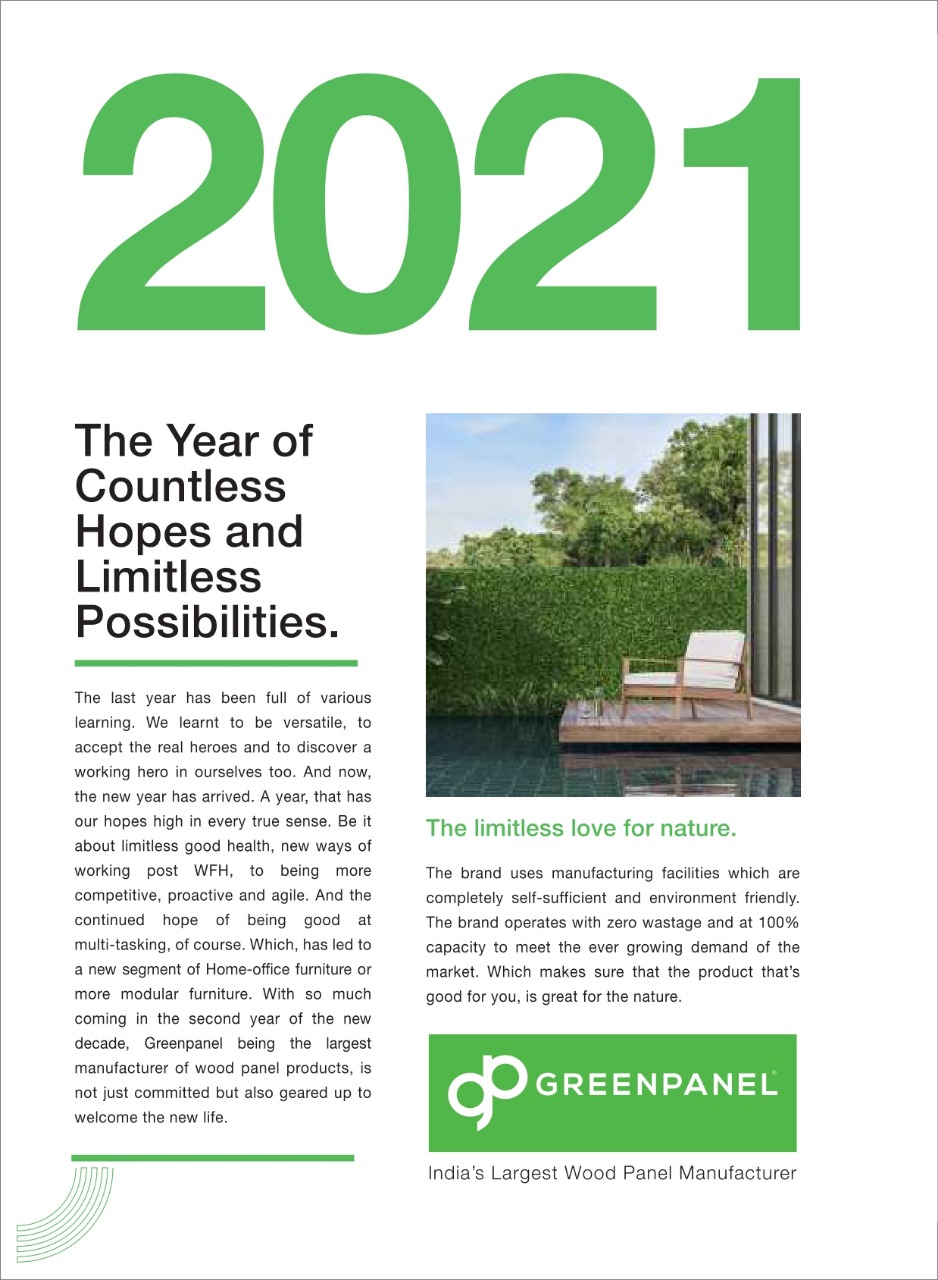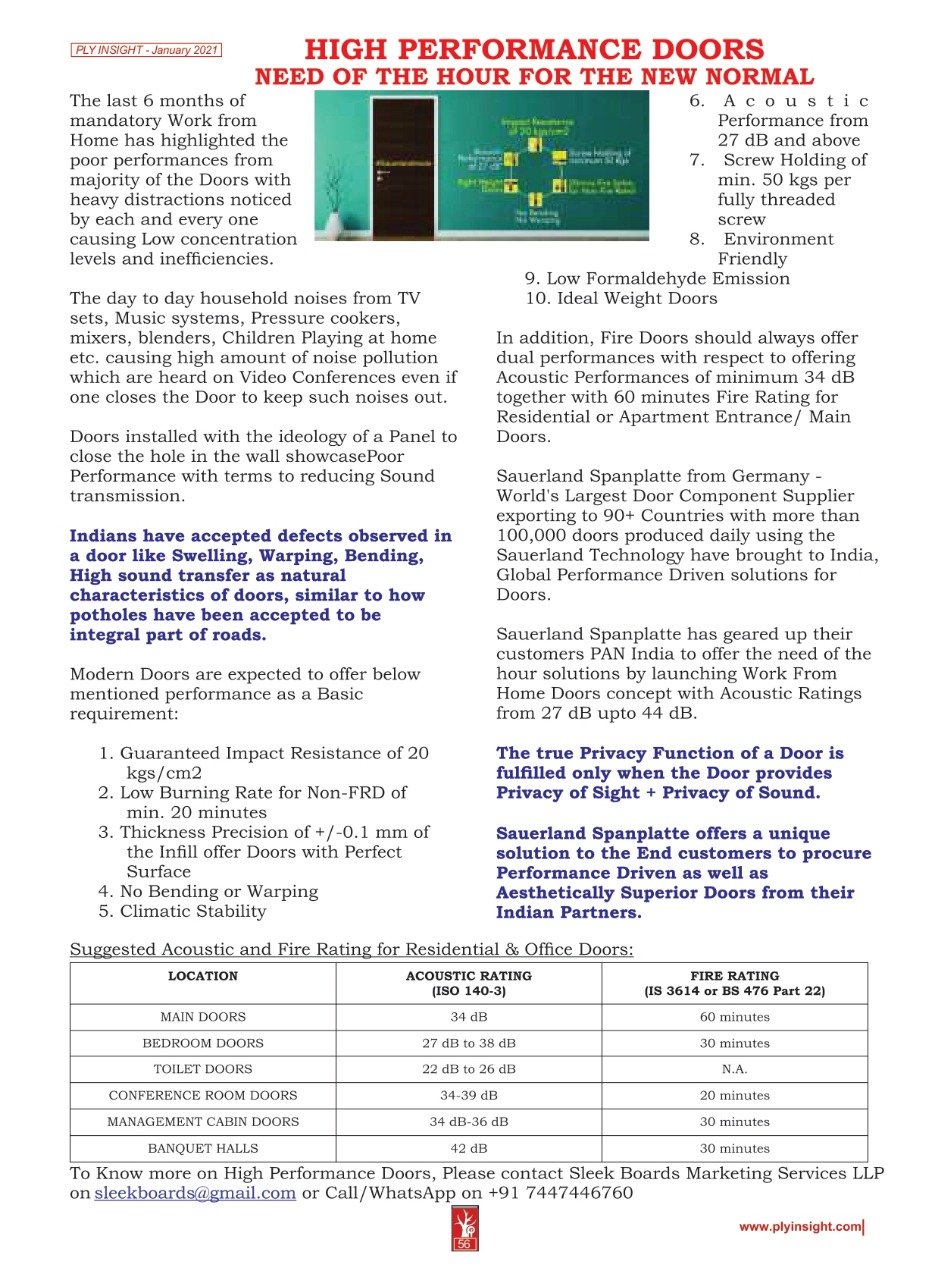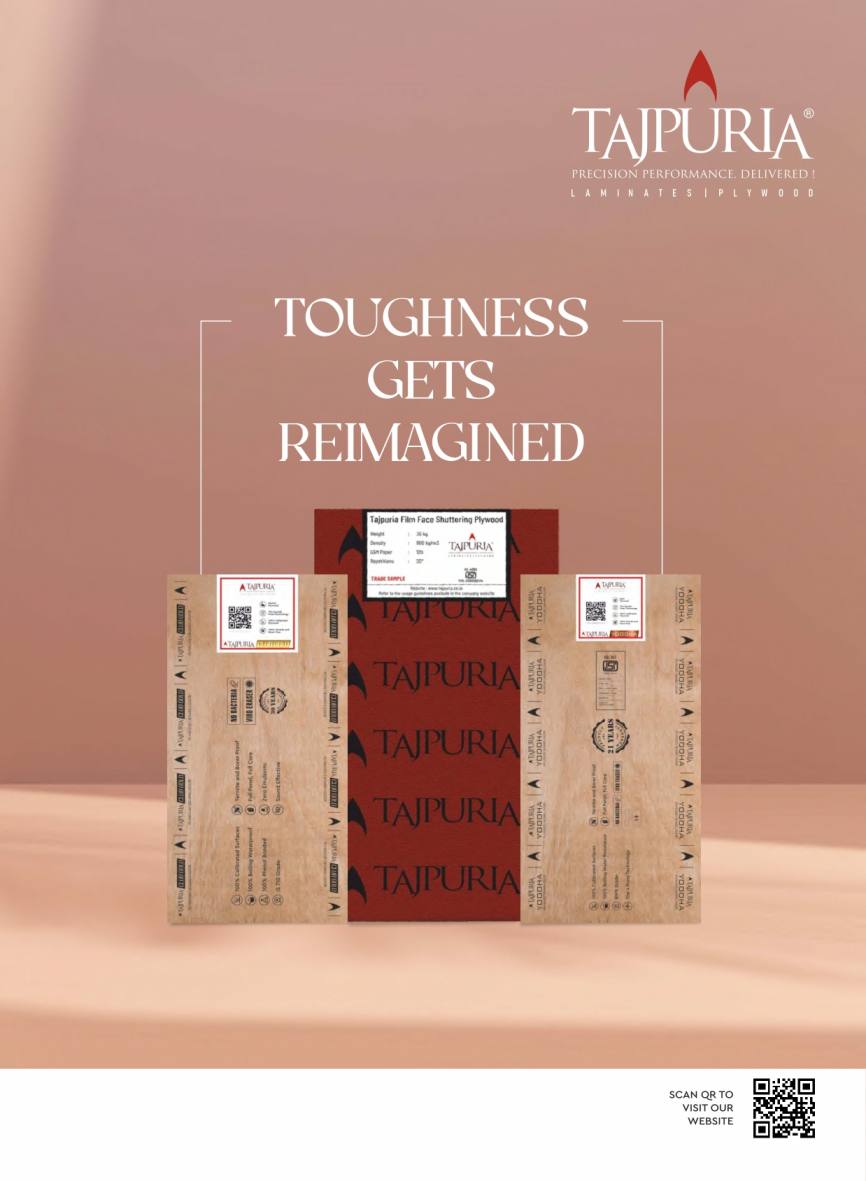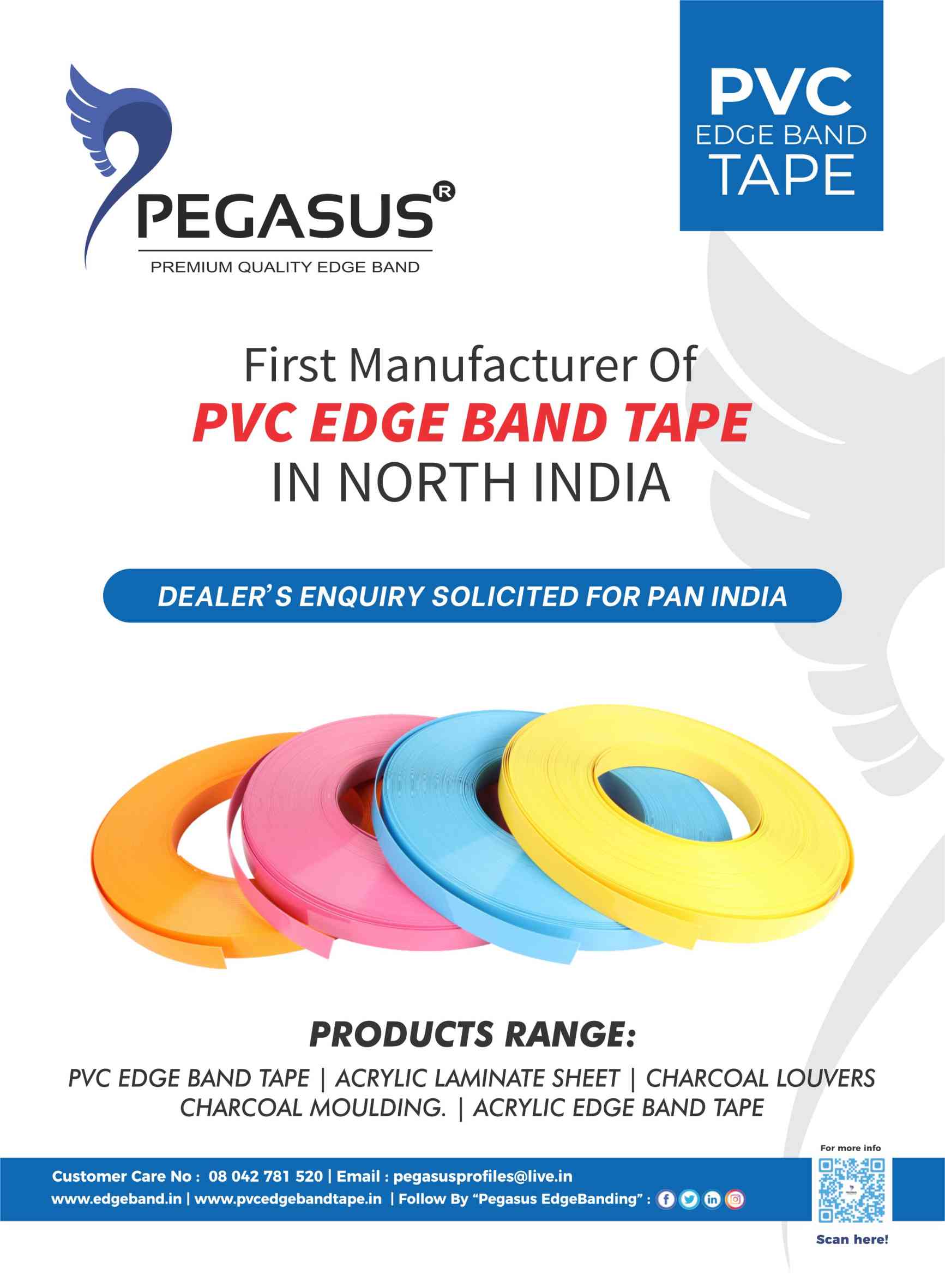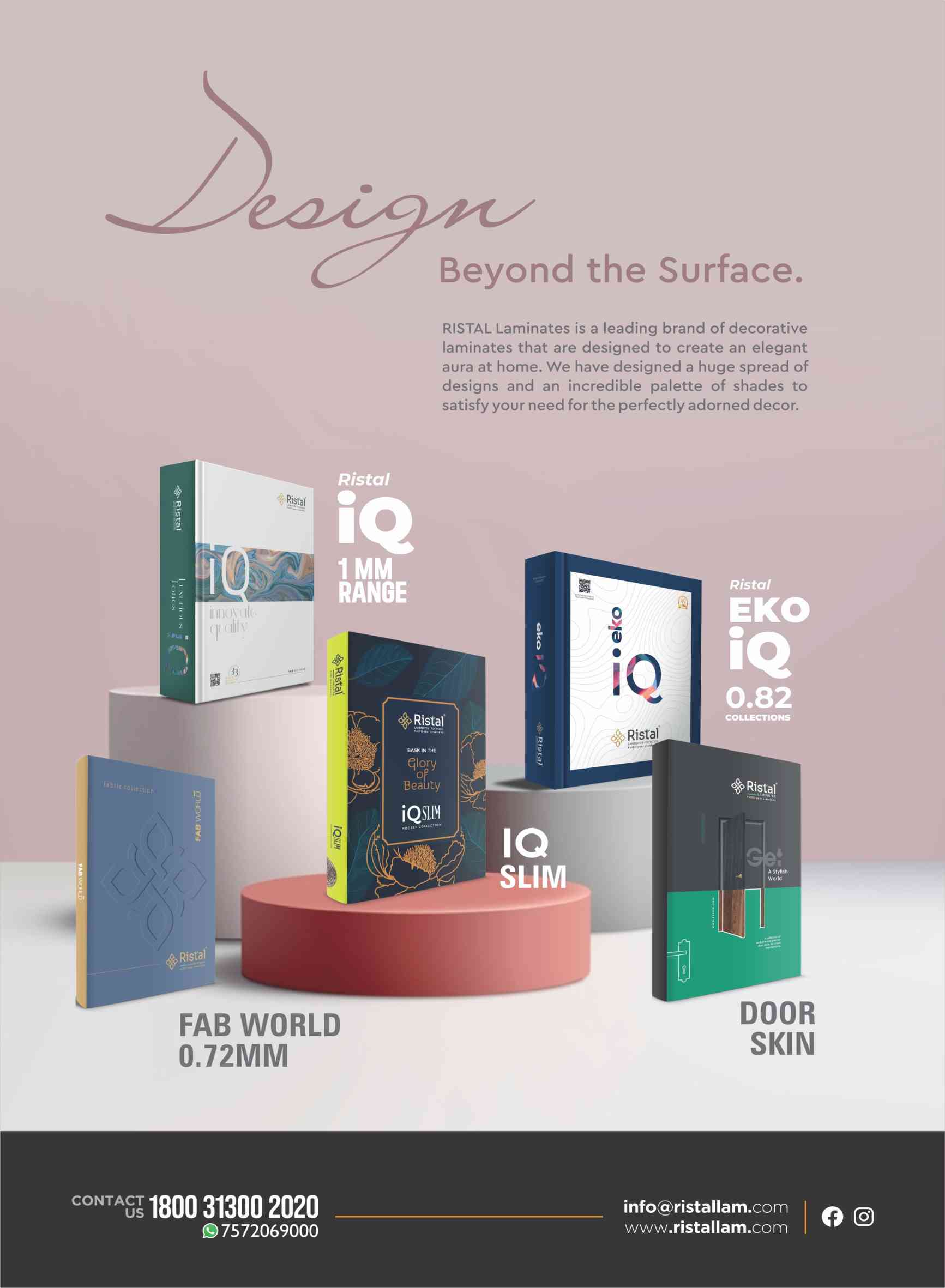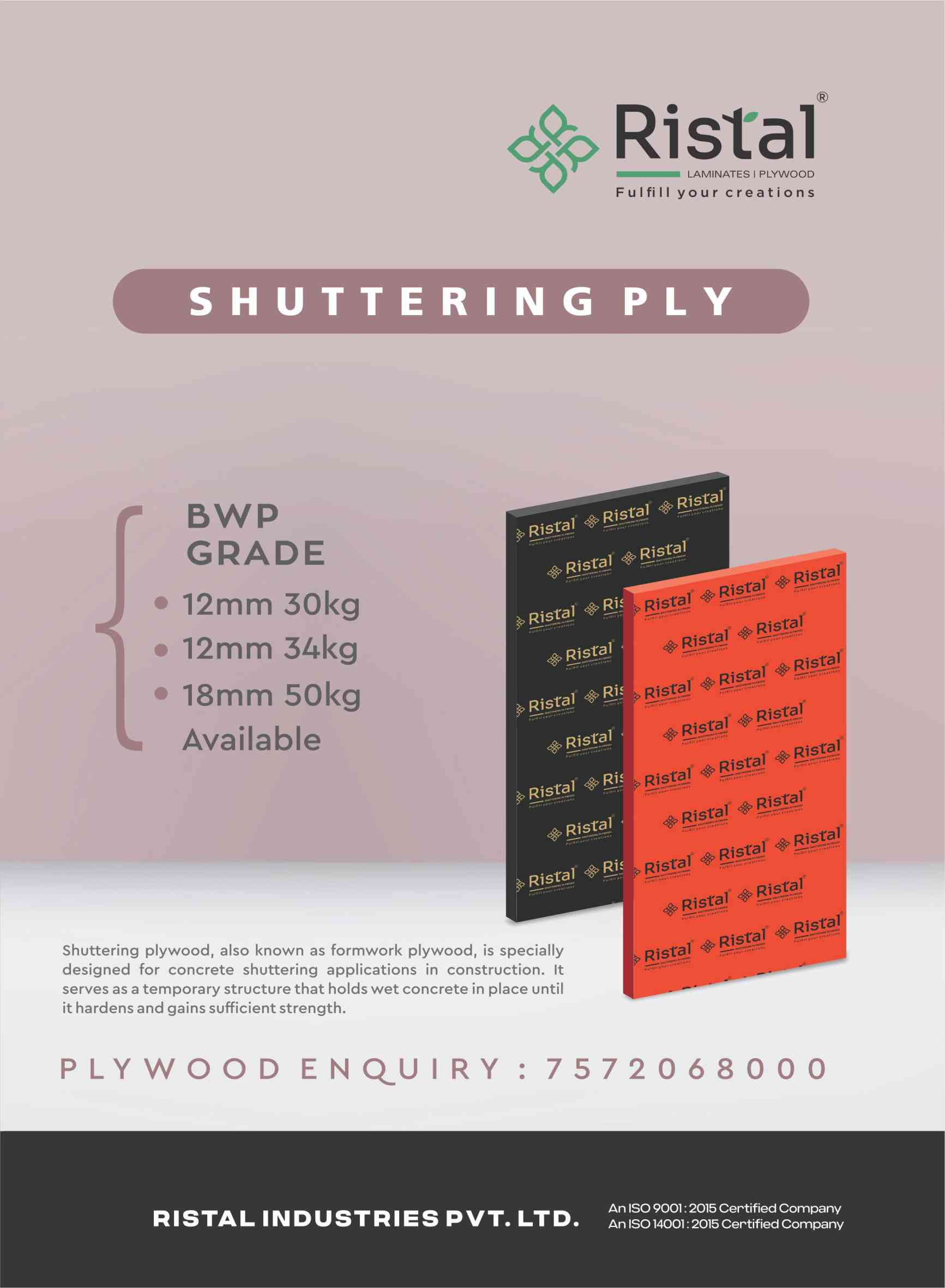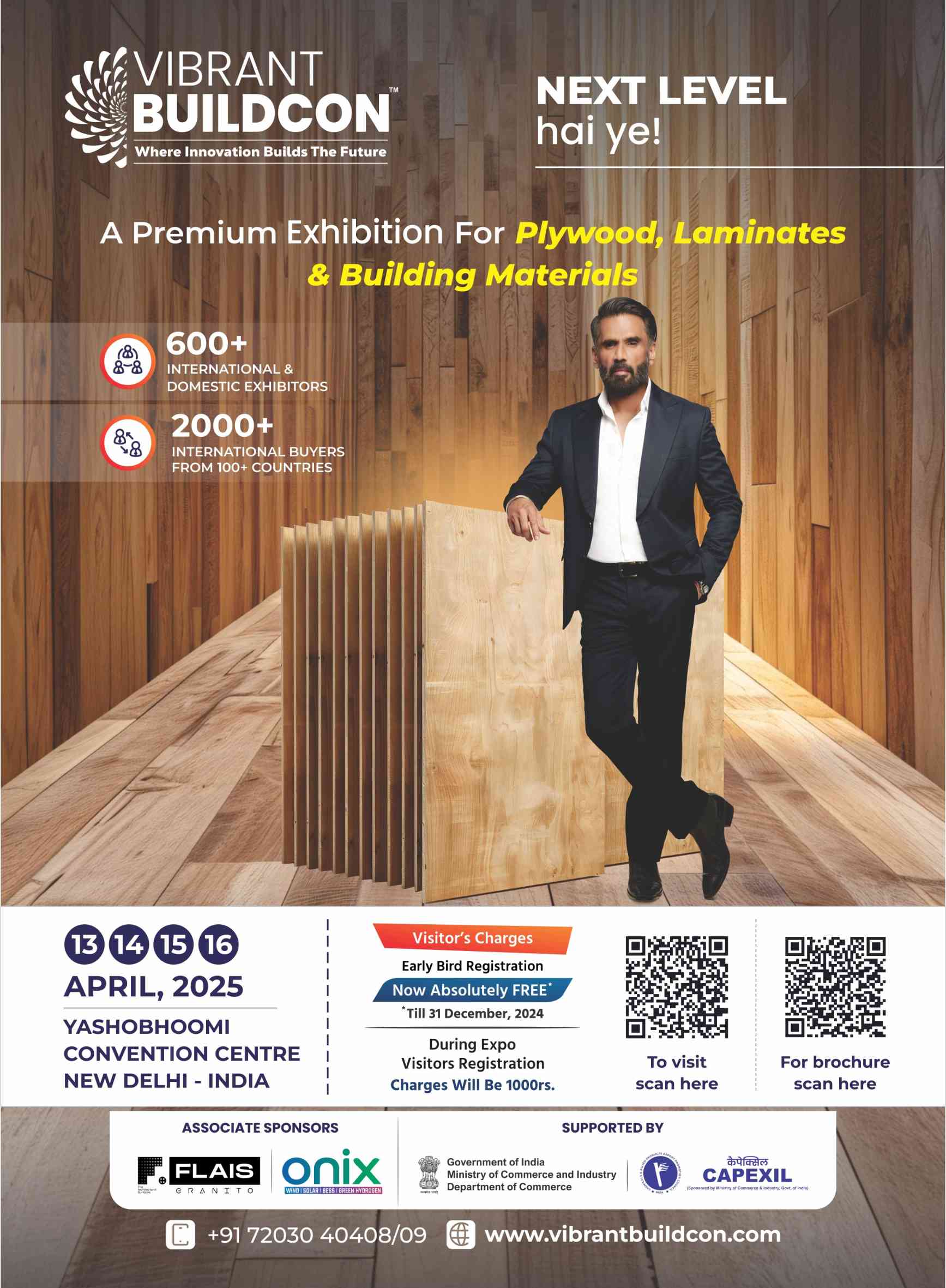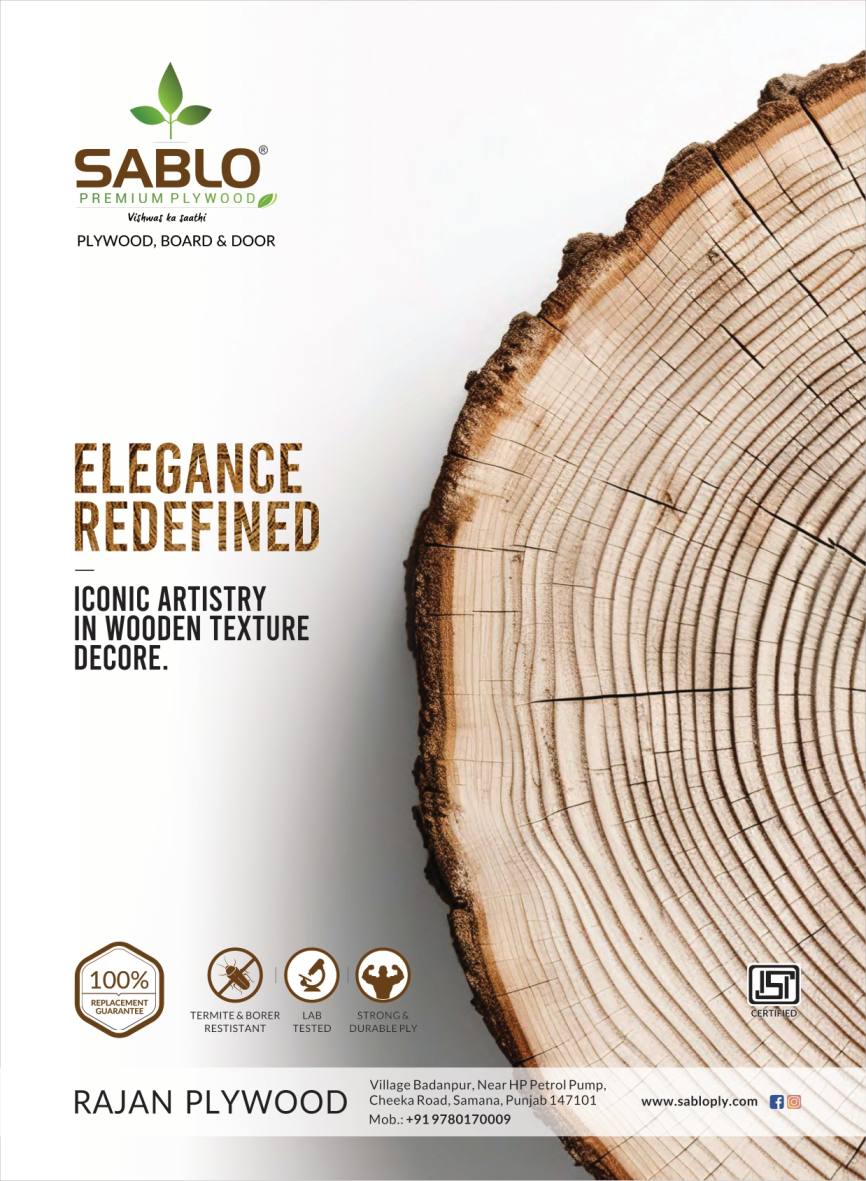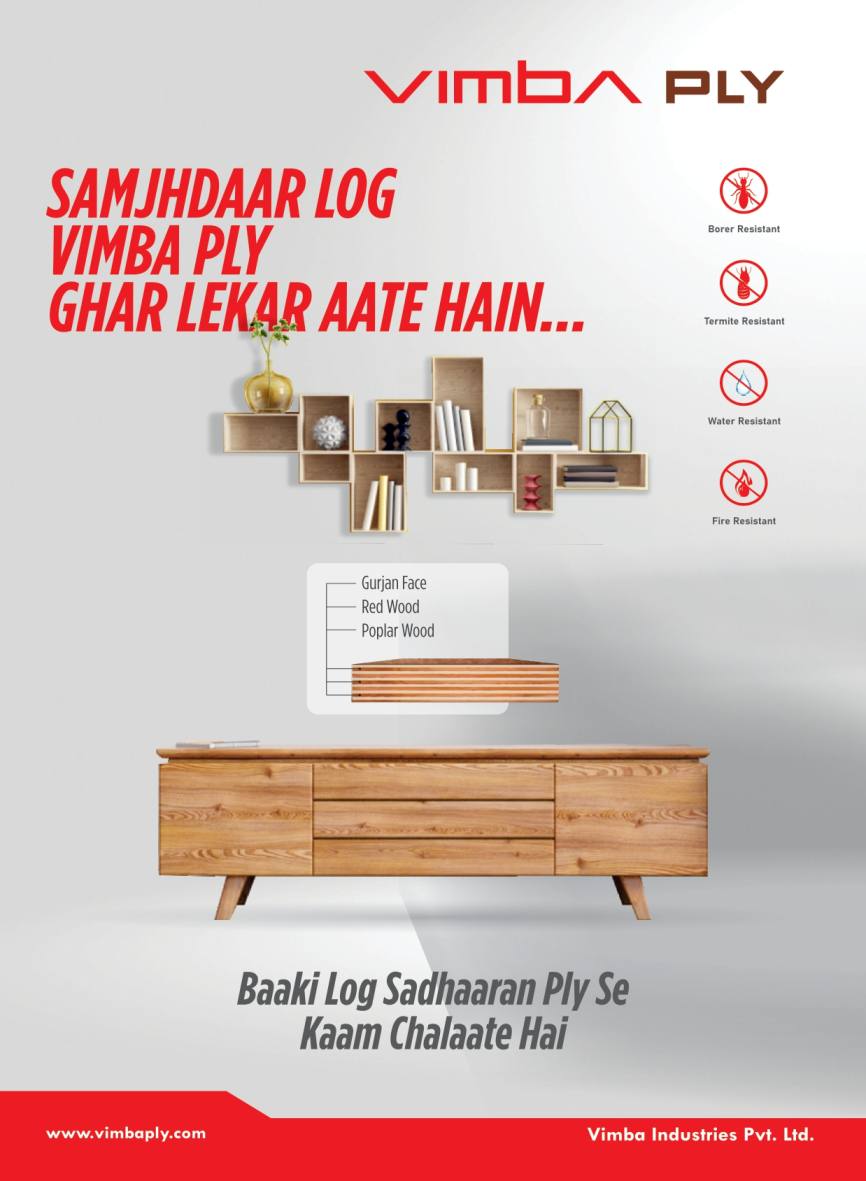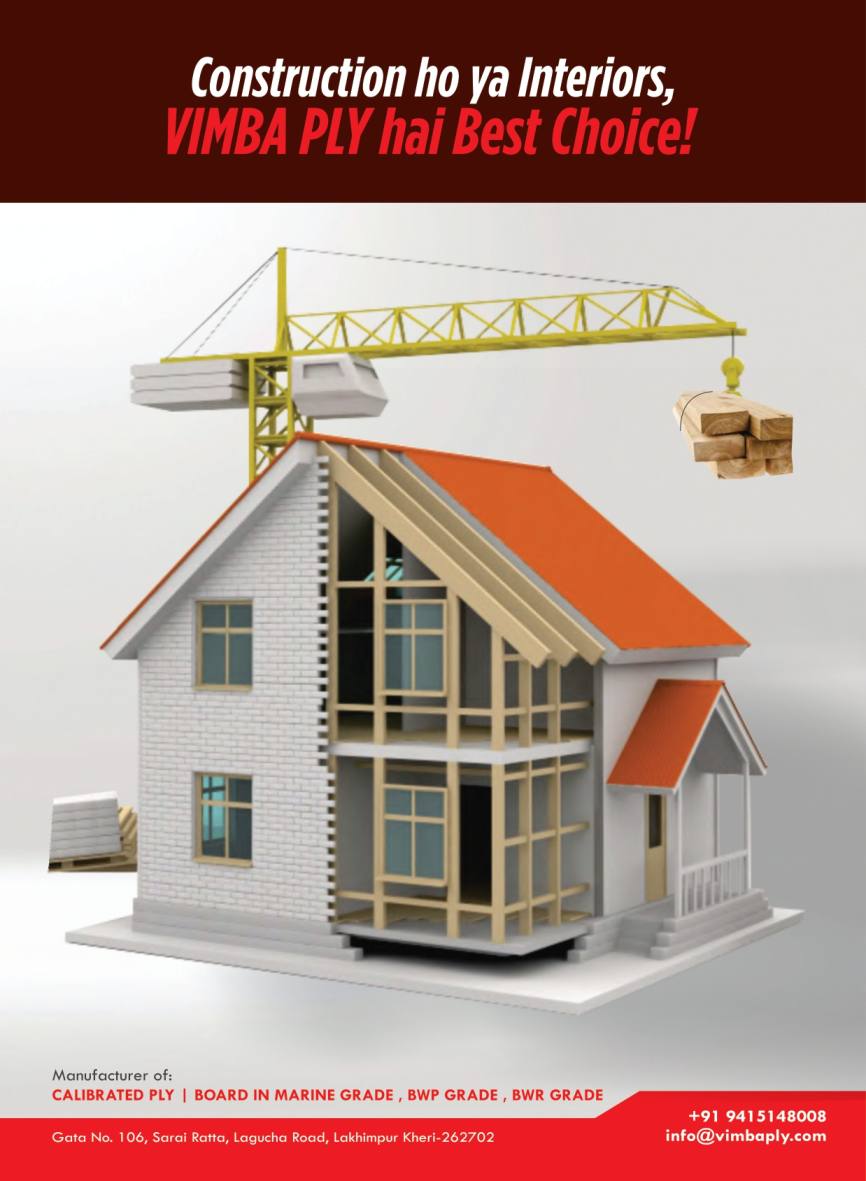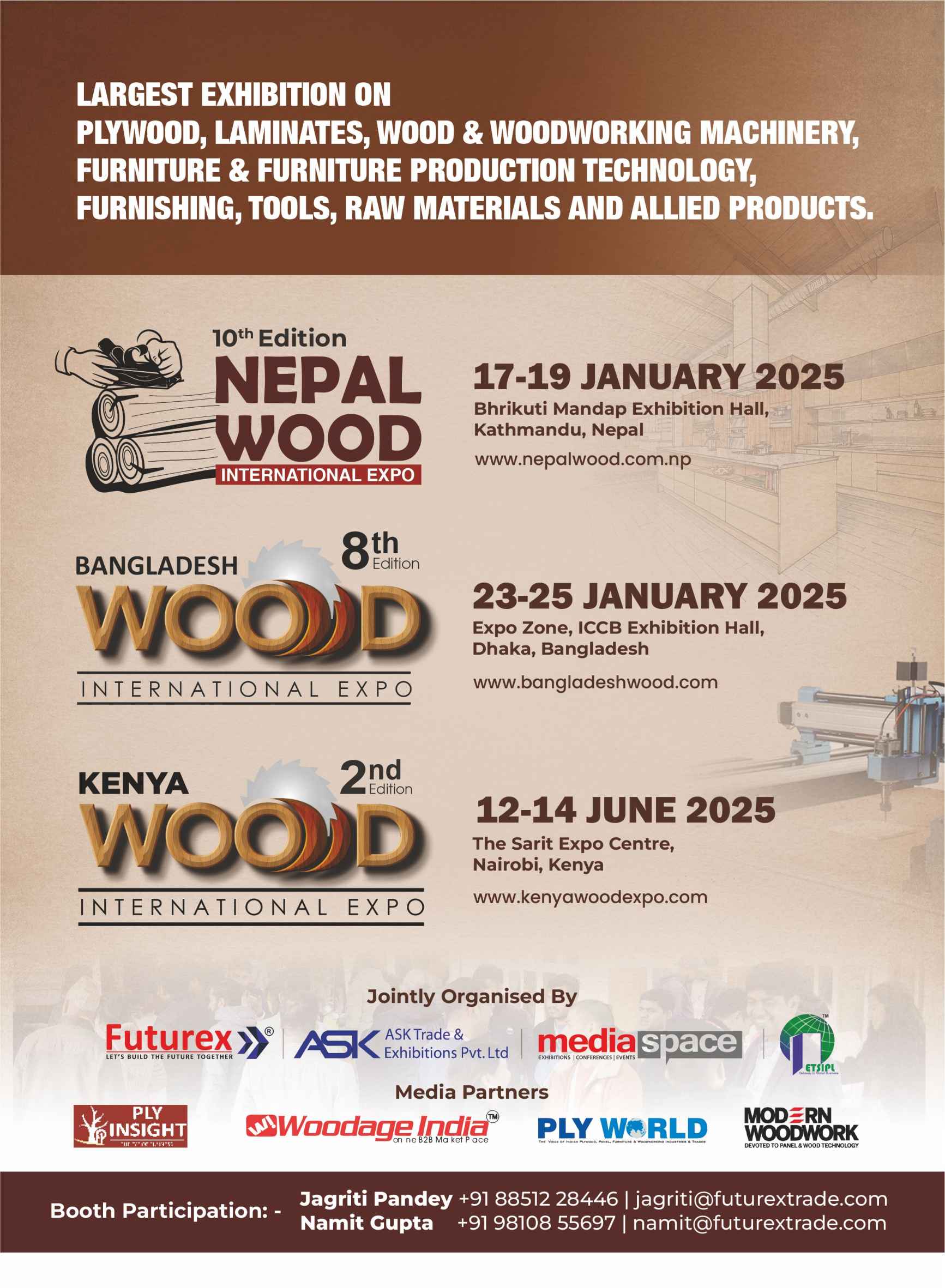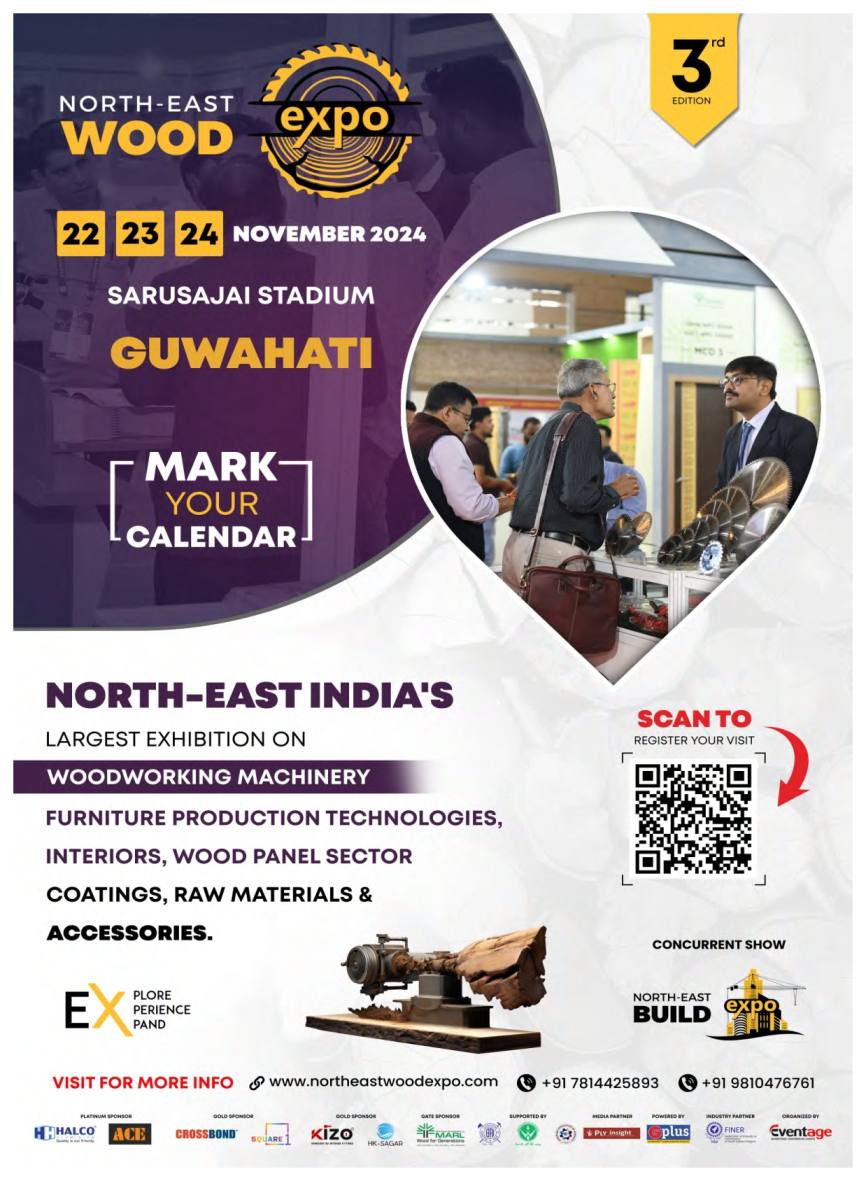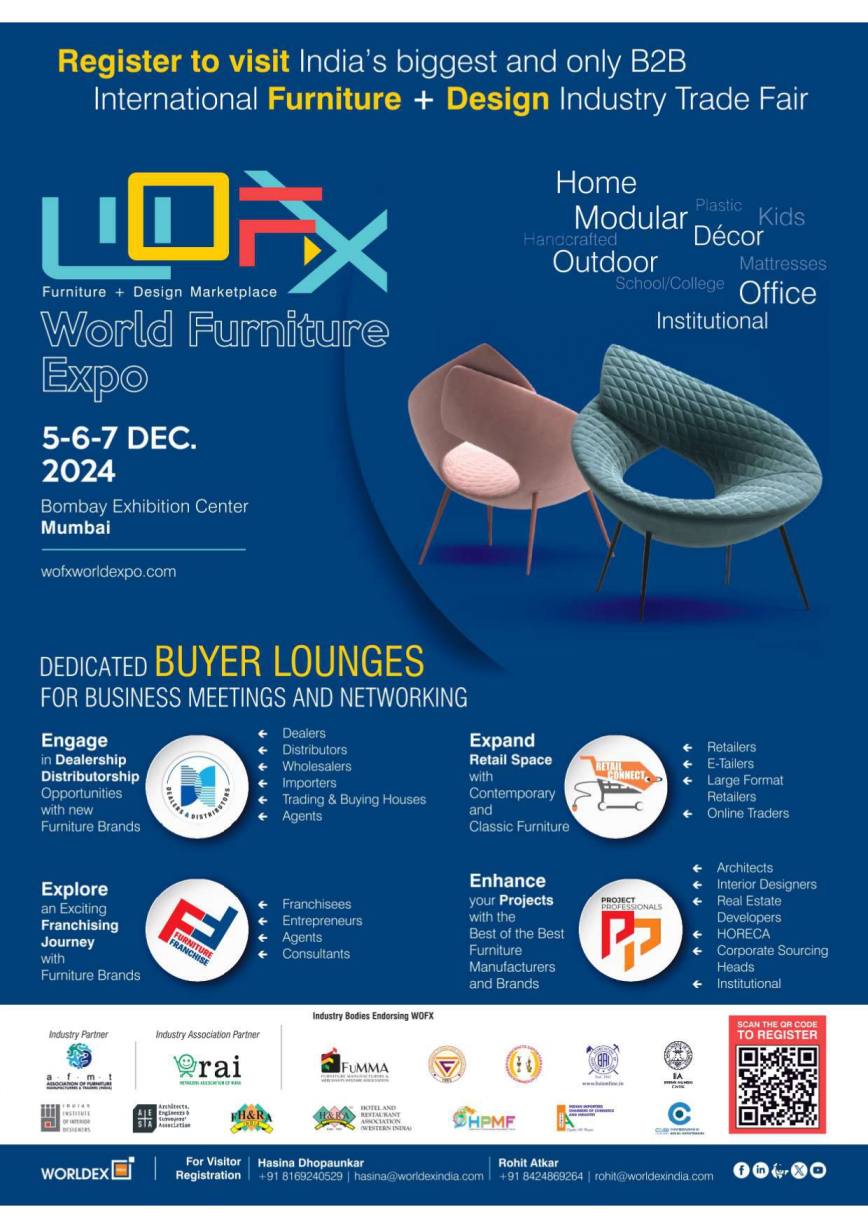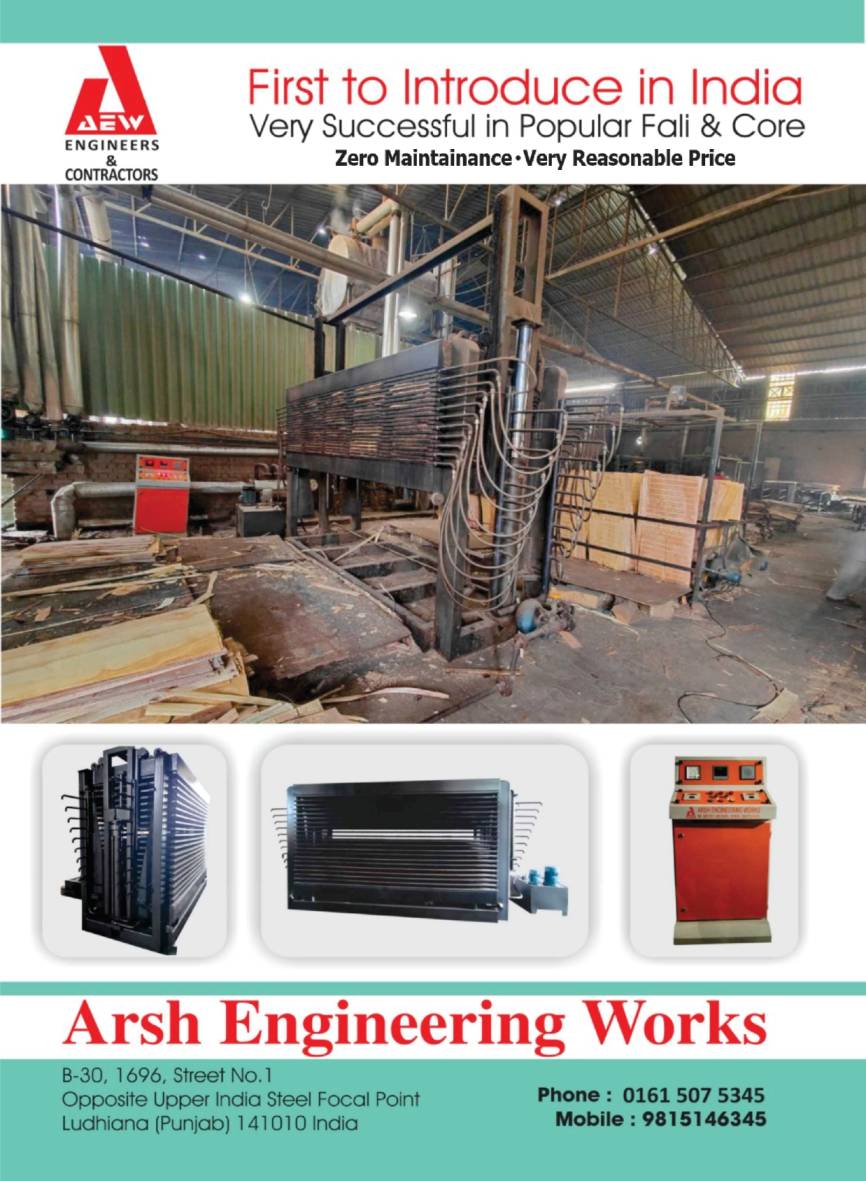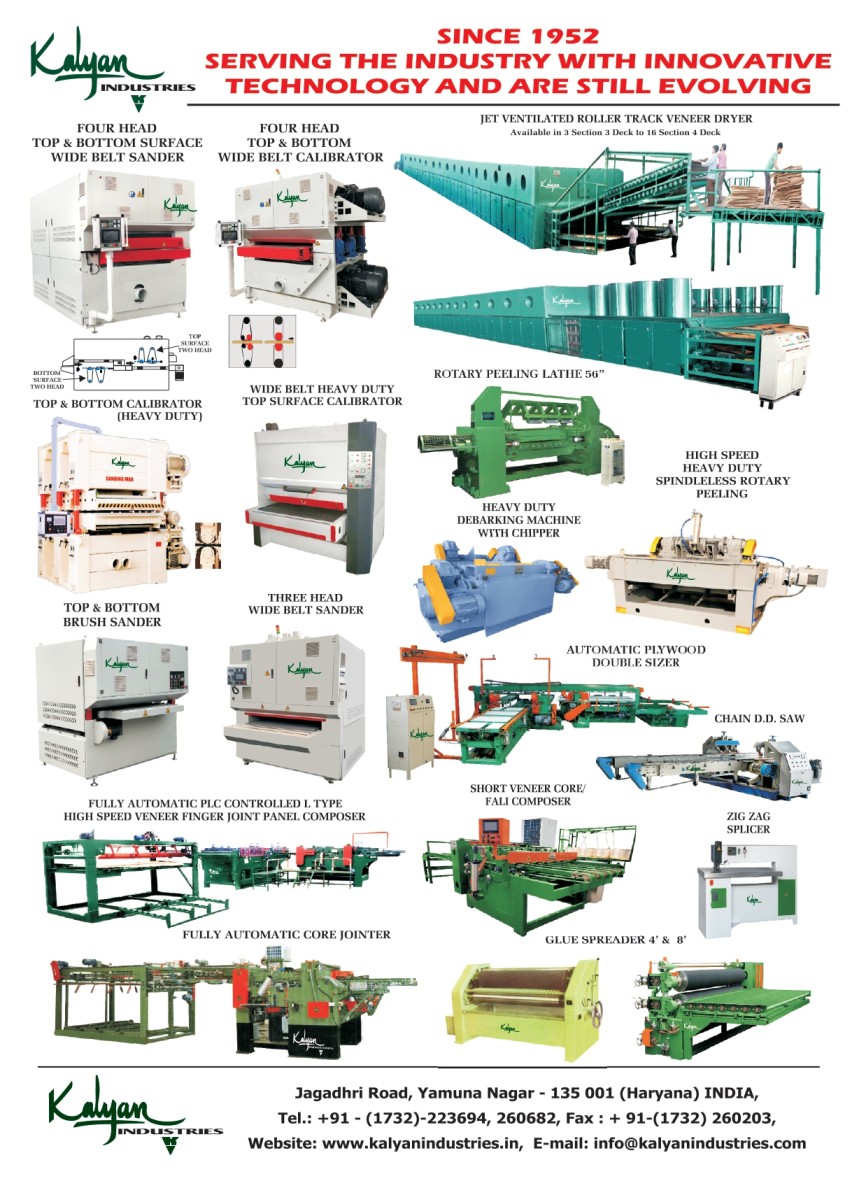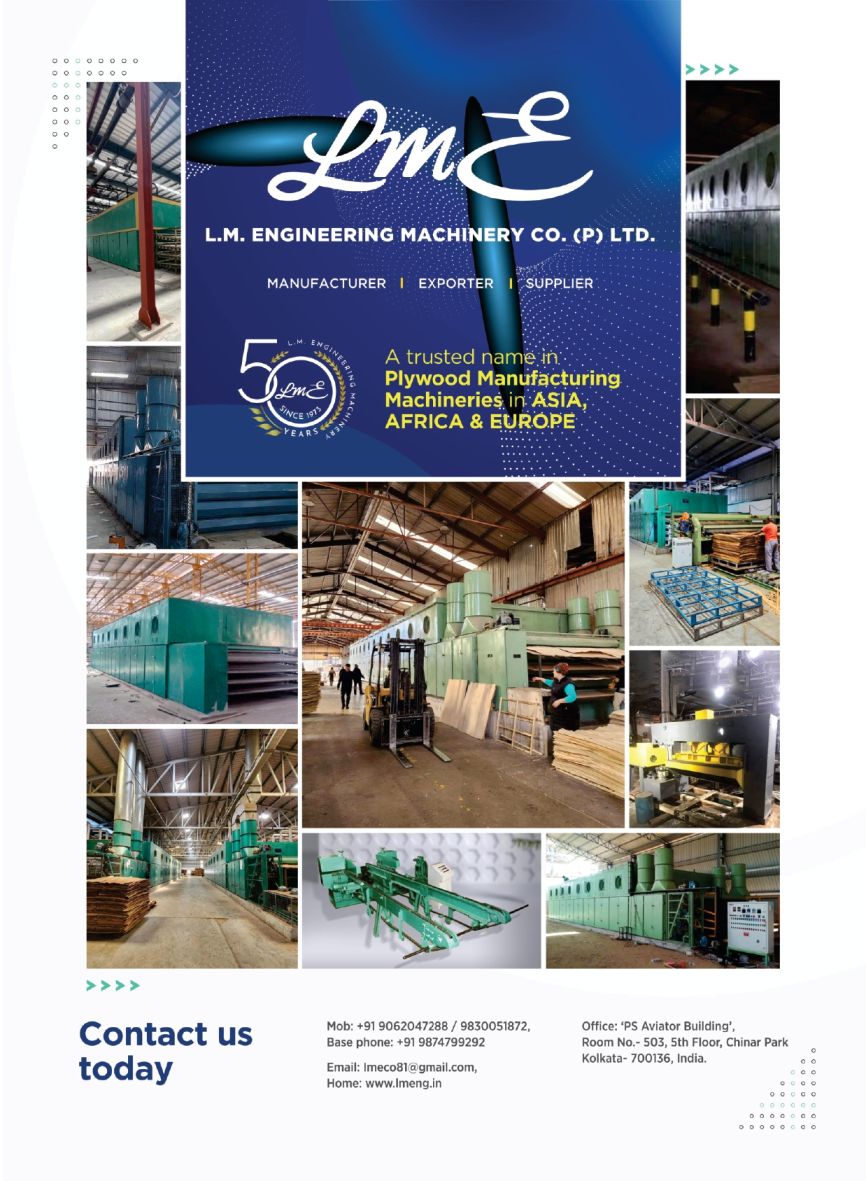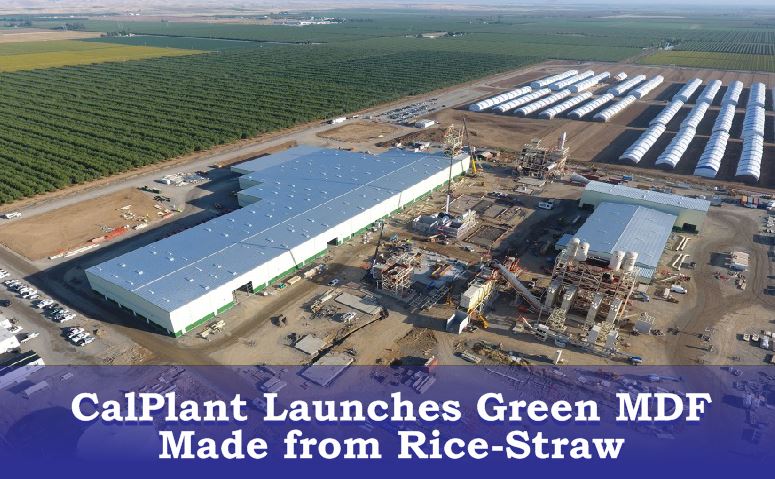
CalPlant Launches Green MDF Made from Rice-Straw
- January 17, 2021
- 0
An upcycled medium-density fiberboard (MDF) product will soon make its commercial debut—and without the formaldehyde-based resins that give MDF its bad name and smell. The first run of rice straw–based MDF panels is about to roll off the press at the $315 million CalPlant manufacturing facility in Willows, Calif., that is now in the final stages of construction, according to the company’s press release. The product’s commercial name and brand will be revealed closer to its release, CalPlant vice president of sales, marketing, and sustainability Elizabeth Whalen tells ARCHITECT.
Rice straw is an agricultural waste product with no known subsequent value, not even as feedstock due to its lack of nutrients. Following the annual harvest of rice, disposing the leftover stalks in the field has been a longstanding environmental problem in California, the second largest rice-producing state after Arkansas. Until the 1990s, farmers would burn the byproduct until the state banned the practice due to its impact on air quality. Now, rice farmers typically flood their fields after harvest to accelerate the decomposition process, a process that not only consumes a large volume of water, but also releases methane into the air.
CalPlant’s facilty, a project in the planning and permitting stages for two decades, is strategically located in the Sacramento Valley at the crux of its supply chain: Its primary raw material—rice straw—will come entirely from farms within a 15- to 25-mile radius, though Whalen expects the average distance to be even closer. “No one else can say that,” she says.
In the past two years, CalPlant has collected 100,000 tons of rice straw per year, which represents 20% of the agro-waste available in the Sacramento Valley. Whalen expects the plant to use about 300,000 tons per year, which will require the company to expand from its current staff size of about 30 to 115 full-time workers once the plant is in operation, and 450 part-time workers during the annual straw-collection period. “We’re also building in a community that will benefit from having good-paying, benefits-providing jobs,” Whalen says, adding that the county has also started fielding inquiries from other companies interested in relocating to the region and in building housing stock.
In fact, it was local rice famer Jim Boyd who first approached Jerry Uhland, now CalPlant’s president, in the late 1990s with an idea for a productive use of the straw. It would take until 2017 for Boyd and Uhland along with CalPlant head of manufacturing Les Younie and CFO Chris Motley to secure the financing needed to realize their dream. (The Great Recession provided one notable setback.) In the interim, the team refined its understanding of the material’s potential in laboratories worldwide and created a product that Whalen says looks like and performs as well as, if not better than, wood fiber–based MDF.
Boyd died in 2009 without seeing the team’s efforts fully realized, but Whalen says that Boyd’s daughter Suzy remains actively involved in CalPlant. In fact, the new facility is built on the Boyd family’s land, as part of their contribution to the project.
When completed, the new facility will roll out master MDF panels, up to 10 feet wide by 18 feet long, from a 10-foot-wide by 115-foot-long continuous press designed and installed by Siempelkamp, a global plant engineering, manufacturing, and installation company headquartered in Germany. At design capacity, CalPlant will produce 140 million square feet of MDF panels, assuming a 3/4-inch basis, each year, equating to 30% of California’s annual MDF demand or 36 to 41 truckloads of output per day. In actuality, the products leaving the plant floor will vary in thickness from 2 millimeters to 30 millimeters, and be used in everything from thin crossbands in the ply sandwich of composite panels, laminate flooring, and doors; to carved molding and trim; and to millwork to be painted or finished with a veneer.
Though the rice straw–fiber panels will be intended for interior use, Whalen expects they will have better moisture resistance than conventional MDF because of rice’s innately waxy nature as an aquatic plant. In lieu of urea formaldehyde, which ensures the panels’ compliance with federal TSCA (Toxic Substances Control Act) Title VI regulations, the rice straw–fiber is held together with pMDI (polymeric methylene-diphenyl-diisocyanate), an adhesive resin system common in the composite panel industry that is accepted in the green building industry. However, Whalen hopes to ultimately find a more naturally derived adhesive, such as the soy-based solution used in Columbia Forest Products’ (CFP’s) PureBond panels, that can perform consistently with rice straw. (Whalen helped launch the PureBond brand in her previous role as director of corporate sustainability at CFP, a Greensboro, N.C.–headquartered manufacturer of hardwood plywood and veneer products.)
Currently, several formaldehyde-free MDF products are made from rapidly renewable resources other than wood, including wheatboard made from wheat stalks. But Whalen believes CalPlant has an upper hand with rice straw because it has no other known use and is “consistently plentiful and homogeneous,” she says. “It will be the same MDF year in and year out because the fiber source is reliable and dependable.”
For the record, Whalen has nothing against conventional wood-based MDF. But “everyone knows the wood basket continues to shrink as far as what we can pull wood fiber from,” she notes. “Wood has a very important purpose in design and building, but if we can grind up something else and turn it into a composite panel, why wouldn’t we?”
Though the first run of rice straw–fiber MDF panels is expected in late fall, Whalen says the product will be readily available on the commercial market in the first quarter of 2021. “Our intention all along is … to expand,” Whalen says. “The first plant is always the hardest to built. Once we prove we can do what we say we’re going to do, our hope is to open rice-straw based MDF plants at other places,” with a focus in the U.S. “There’s huge potential for what we’re doing here,” she continues. “The idea that we could make a commonplace building product out of an alternative material … could change this industry on a global level.”
Courtesy: The Architect

